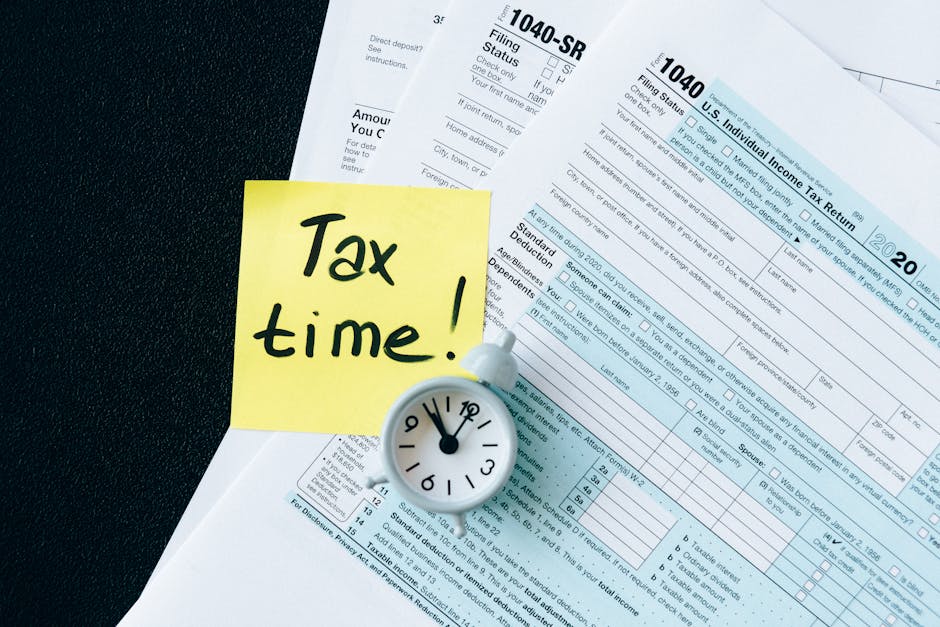The buzz around India’s four new labour codes has been persistent, promising a seismic shift in the country’s work culture. While an official implementation date is still awaited, the proposed changes are set to redefine everything from work hours to social security. Among the most discussed reforms is the significant overhaul of gratuity rules.
So, what exactly is changing in the new labour law‘s gratuity contribution, and who stands to benefit when these codes are enacted? Let’s dive in.
The Core Change: A New Definition of ‘Wages’
At the heart of the gratuity reform is the new, standardized definition of ‘wages’ under the Code on Wages, 2019. For decades, many companies, especially in the private sector, have structured salaries with a low basic pay and a high component of allowances (e.g., HRA, special allowance, travel allowance). This structure minimized their liability towards social security contributions like Provident Fund (PF) and gratuity, which are calculated on ‘basic salary’ plus Dearness Allowance (DA).
The new law flips this model. It mandates that an employee’s basic pay must be at least 50% of their total remuneration or Cost to Company (CTC). Consequently, the sum of all other allowances cannot exceed the remaining 50%.
How the New Wage Code Impacts Your Gratuity Calculation
Gratuity is a lump-sum payment an employer gives an employee for their long-term service, payable after five continuous years. The current calculation formula is:
(Last drawn salary (Basic + DA) x 15/26) x Number of years of service
Under the new 50% rule, the ‘basic pay’ component in this formula is set to increase for a vast number of employees. If your basic pay was previously 30% of your CTC, your employer must restructure it to be at least 50%. This directly inflates the base amount on which your gratuity is calculated.
Example:
* Old Structure: On a ₹12 Lakh CTC, if basic pay was 30% (₹3.6 Lakhs/year), gratuity was calculated on this lower base.
* New Structure: On the same ₹12 Lakh CTC, basic pay must now be at least 50% (₹6 Lakhs/year). Your gratuity will be calculated on this significantly higher base, leading to a much larger payout.
Who Benefits Most from the New Gratuity Rules?
The changes in the new labour law for gratuity contribution are poised to benefit a wide range of employees.
1. Private Sector Professionals
This group is arguably the biggest beneficiary. Employees in IT, consulting, media, and various other private industries often have salary structures heavily skewed towards allowances. The new rule will automatically boost their gratuity and PF contributions, strengthening their long-term financial security and retirement corpus.
2. Long-Term Employees
Anyone who dedicates a significant tenure to a single organization will see a more substantial reward for their loyalty. The compounding effect of a higher calculation base over many years will result in a much larger nest egg upon retirement or resignation.
3. Fixed-Term and Gig Workers
In a landmark move, the new codes propose extending gratuity benefits to fixed-term employees. They may become entitled to gratuity on a pro-rata basis, even without completing the traditional five-year term. This is a game-changer for contractual workers who were previously outside this social security net.
The Trade-Off: Impact on Your Take-Home Salary
While a larger gratuity payout is excellent news for your future, there is a short-term trade-off. To keep the CTC constant, as an employer increases your basic pay, your PF contribution (a percentage of the basic) also rises. To balance the costs, employers will likely reduce the ‘allowances’ portion of your salary.
The result? Your monthly take-home salary might see a slight reduction. The new law essentially forces a shift from immediate cash-in-hand to a more robust, long-term savings framework—a classic case of short-term adjustment for long-term gain.




